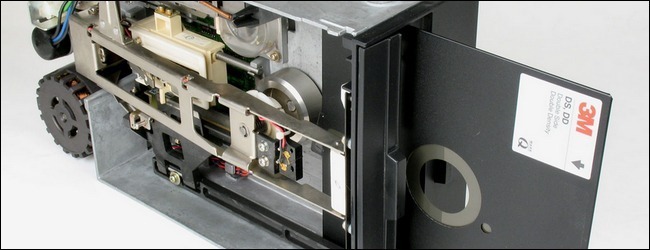

To make Linux understand what you want, you have to prefix the letter & number combination with /dev/. Linux doesn’t actually understand sda1 as referring to a drive – it’s just a combination of letters and numbers to it. Even more confusing, at this point numbering starts from one again! So the third partition of the second IDE drive on your PC is hdb3 while the second partition of the first SCSI drive on your machine is sda2. The “h” and “s” differentiate between IDE/ATA drives and SATA/SCSI drives respectively. hd(#,#) has already been discussed, and is primarily used before booting into Linux, in programs like Lilo and GRUB. In the list above “L” is a small-case letter, and “#” is a number. The different kind of “numbers” you will encounter in the Linux world: (hd0,3) fourth primary partition (usually an extended partition)īut when you’re within Linux dealing with the drives and devices, you’ll be shocked (and rightly so) to realize that they’ve done away with this straightforward numbering scheme and opted to use a combination of both letters and numbers… and categories too! Other syntaxes (hdx,y) syntax (hd0,0) first primary partition on first hard disk

Pretty easy to follow, just (hdd,p) where the second ‘d’ is the drive number and the ‘p’ is the partition number. For example, (hd0,1) is the secondpartition of the first hard drive. When you are dealing with Linux hard drive and partition numbers, start counting both from the number zero. The Linux Camp did it logically… For the most part. The debate on the “right” way to do this is as old as time itself, and goes back to whether you consider “0” or “1” to be the “first number” in any index-based sequence. Drive Numbersĭifferent operating systems number their drives and partitions in different ways. Nevermind what Vista believes, it’s the operating system you are currently in that matters. So if you’re in XP and EasyBCD asks for the Vista drive, tell it D:, because that’s what XP thinks it is. So what’s the right way to use drive letters in EasyBCD? It’s quite simple, actually: Always use the drive letters that operating system you are currently booted into sees!ĮasyBCD “translates” the letters that current OS sees into numbers for the drive and partition. Windows Vista (sitting on the first partition of the second drive) sees: E:\ for a common data partition shared between the two Windows XP (installed on the first partition of the first drive) sees:ģ. Right now it is all too likely that if you dual-boot you have different partition labels “facing” each operating system that don’t seem to add up. The problem with Windows’ method of labeling the physical volumes and their respective partitions is that if you dual-boot, most of the time overlaps will occur. Windows uses letters to represent physical drives on your machine, making it a lot easier to understand what’s happening where.


 0 kommentar(er)
0 kommentar(er)
